Exploring STEM with Water Rockets at St-Lambert Intl. High School
At St-Lambert International High School in Canada, 8th-grade students embarked on an exhilarating scientific journey by launching homemade water...
2 min read
Cool Things Being Done With PocketLabs Jun 15, 2023 2:42:00 PM
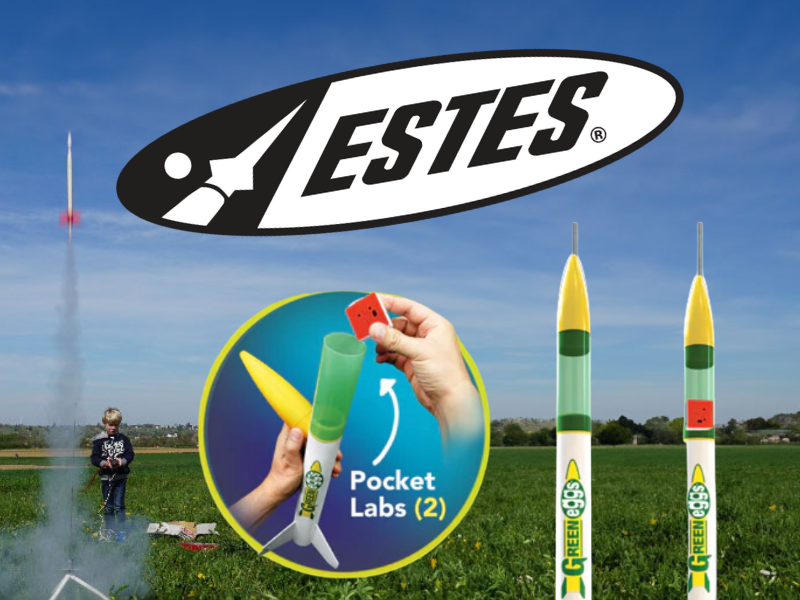
Learning science is no longer confined to the corners of traditional classrooms. The educational technology market has been redefined by innovative tools like the PocketLab Voyager and Estes Rockets that bring science to life, bridging the gap between theoretical knowledge and practical understanding. This article explores how these powerful tools are revolutionizing science lessons in classrooms and beyond.
Model Rocketry, like that offered by Estes Rockets, is an engaging way to bring space science into the classroom. It has been shown to significantly improve students' quantitative and scientific reasoning skills. The process of building and launching model rockets allows students to apply the scientific process while learning about planetary mission design.
Pairing model rockets with the PocketLab sensor can take science lessons to new heights. Attach the PocketLab sensor to your rocket and gather live data during its flight. Students can observe real-time changes in pressure, acceleration, and other physical variables as the rocket soars skyward, offering a practical demonstration of principles they've learned in the classroom.
The PocketLab Voyager is the latest in a series of efforts to make sensor technology affordable for classroom use. This small, lightweight, and wireless sensor pairs with smartphones, tablets, or laptops to gather data such as acceleration, pressure, temperature, humidity, magnetic field, and more. Once students learn how to use the intuitive app, they can design investigations that are meaningful to them.

PocketLab is flexible and durable, which means it can be used almost anywhere. For example, you can strap two PocketLab sensors to a pair of carts to teach students about momentum and force through collision carts. Or you can place the sensor inside a soccer ball to help students understand physics. The data gathered can be analyzed using tools such as Excel, Google Docs, or even through the Scratch programming site. Students can create their own programs in Scratch, such as controlling a spaceship on the screen using your PocketLab sensor.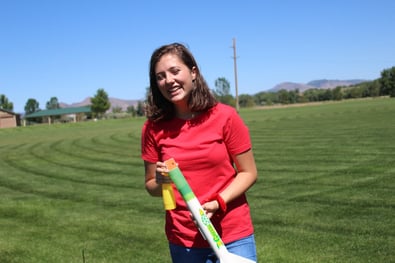
Hands-On Learning: These tools offer students an engaging, hands-on approach to learning, making complex scientific concepts easier to understand.
Real-Time Data Collection: Students can watch data in real-time as it's collected by the PocketLab Voyager, offering them immediate feedback on their experiments.
Affordability: The cost of the PocketLab sensors and Estes Rockets is much cheaper than outfitting an entire lab with traditional equipment.
Versatility: The same sensor can be used to teach a multitude of scientific concepts, from physics to earth science, making the PocketLab Voyager an incredibly versatile teaching tool.
Increased Interest in STEM: Using tools like the PocketLab Voyager and Estes Rockets can boost students' interest in science, technology, engineering, and math, paving the way for future scientists, engineers, and innovators.
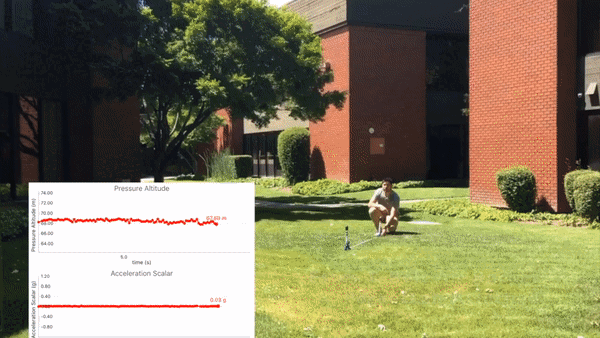
PocketLab Notebook and the Estes Educator website offer a wealth of well-structured lesson plans that teachers can seamlessly integrate into their curriculum. These lessons, carefully designed by experts, provide hands-on, inquiry-based experiences for students, helping them grasp complex concepts in a practical, fun, and engaging manner. The plans range from units outlined for seven or more class periods, which focus on STEM topics through the lens of the engineering design process, to smaller, more compact lessons that span three to five class periods, covering an array of subjects including STEM, social studies, and English Language Arts.
The resources provided in each lesson plan, such as content standards, vocabulary, videos, and assessments, help ensure the success of the learning process. To cater to diverse learning setups, Estes also provides guides for youth programs, designed for single-day to one-week programs, perfect for summer camps, after-school programs, and more. For a more immersive experience, mission simulations are outlined for eight or more class periods, providing students with real-world skills to complete missions. This extensive array of lesson plans makes Estes Rockets an excellent tool for science education.
Find the lessons in Notebook here. And you can find more lesson resources on Estes Rockets education site here.
In conclusion, innovative tools like the PocketLab Voyager and Estes Rockets are reshaping the landscape of science education. These practical, hands-on tools not only inspire students but also prepare them for the real-world challenges of the future.
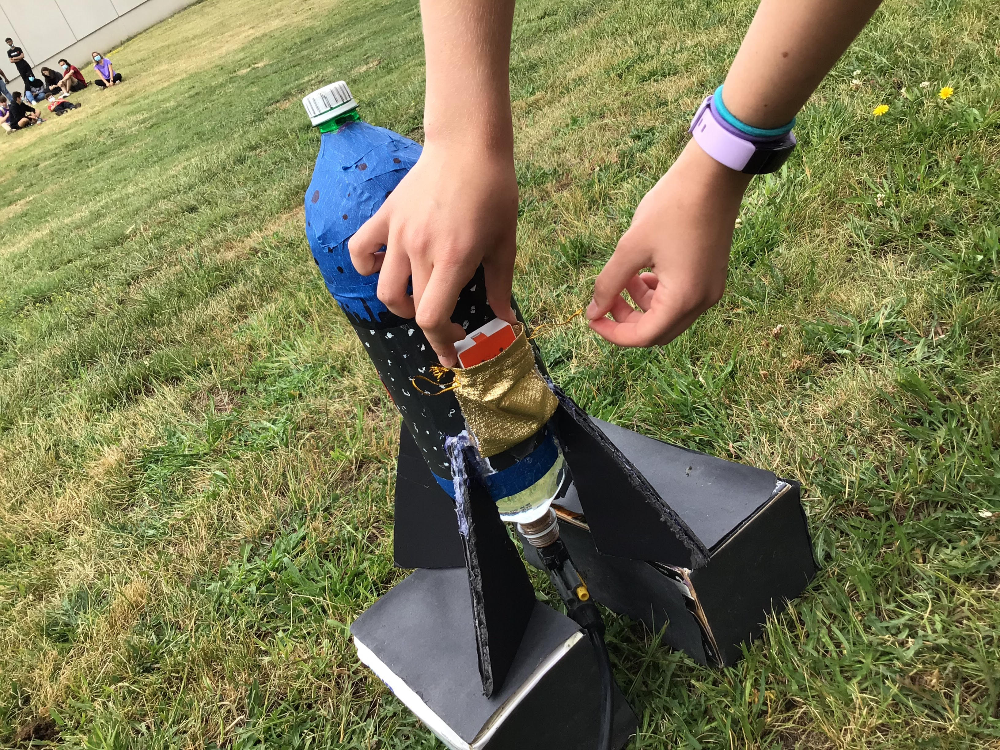
At St-Lambert International High School in Canada, 8th-grade students embarked on an exhilarating scientific journey by launching homemade water...
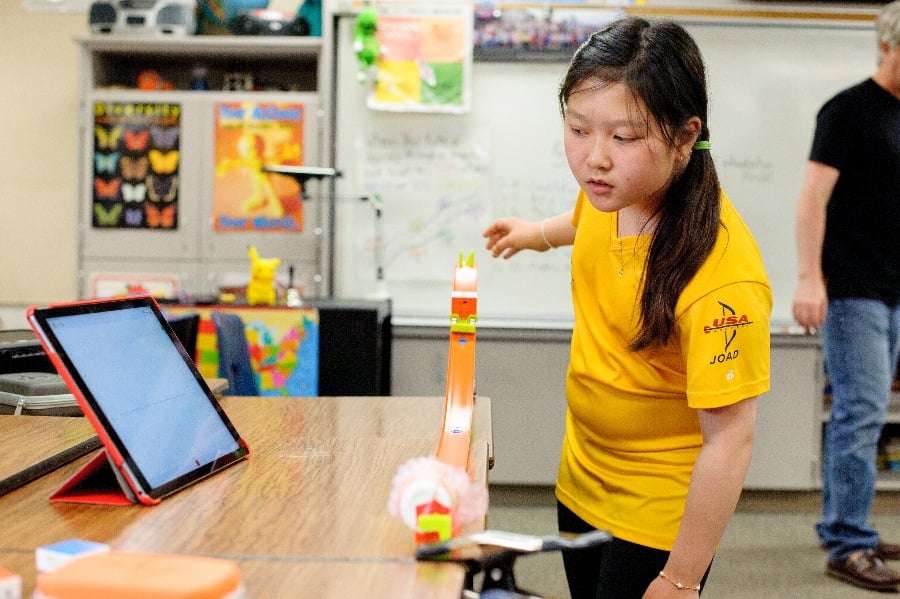
In today's educational landscape, hands-on learning experiences play a crucial role in engaging students and fostering a deeper understanding of...

Project-Based Learning (PBL) is a dynamic classroom approach in which students actively explore real-world problems and challenges and acquire a...